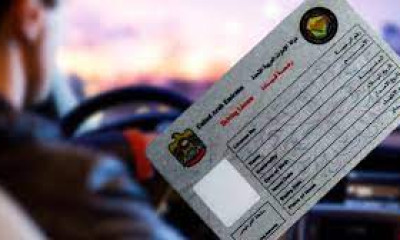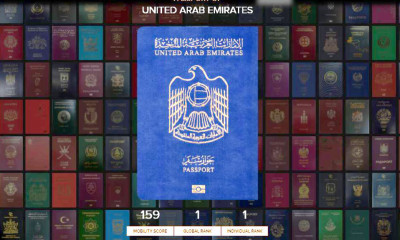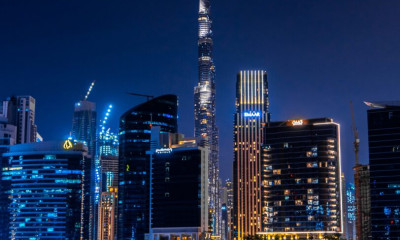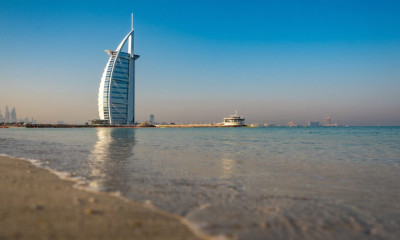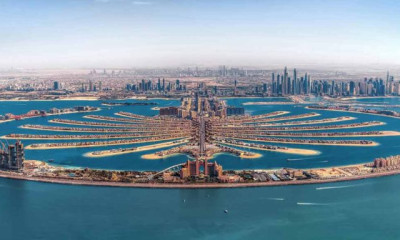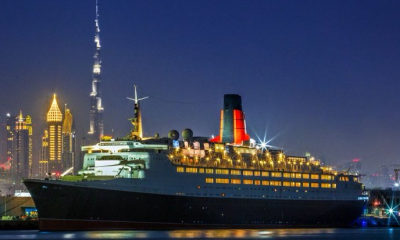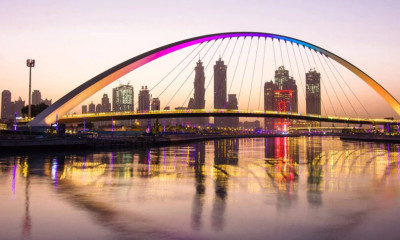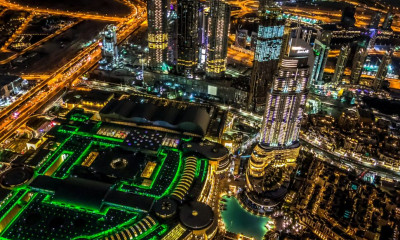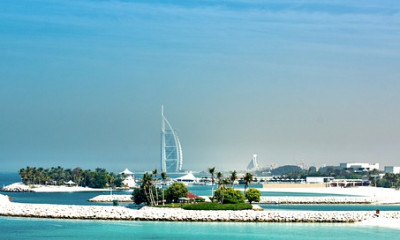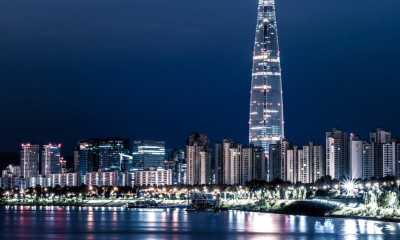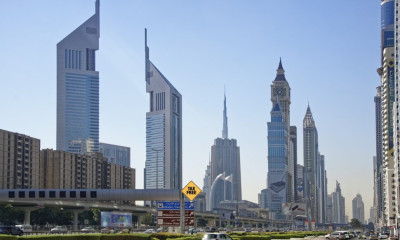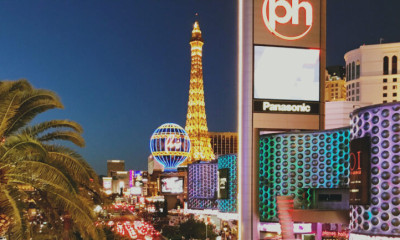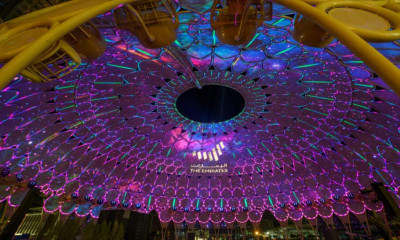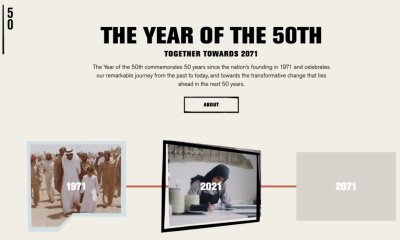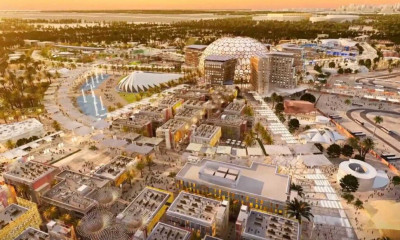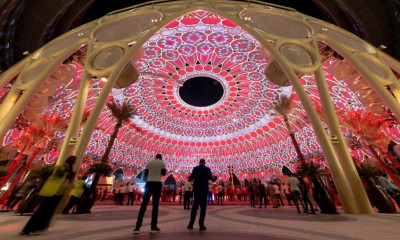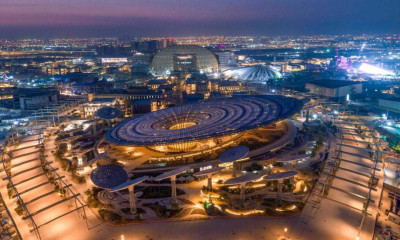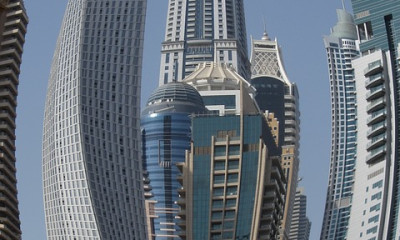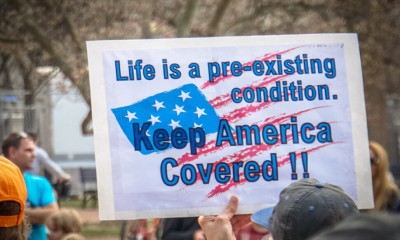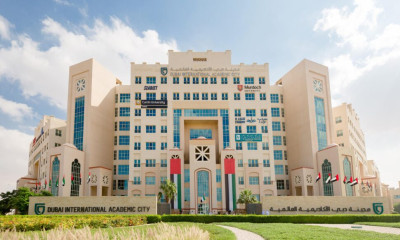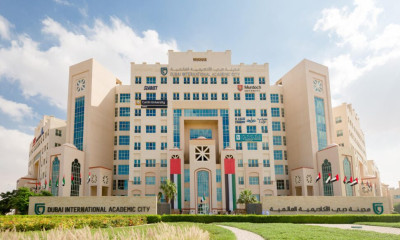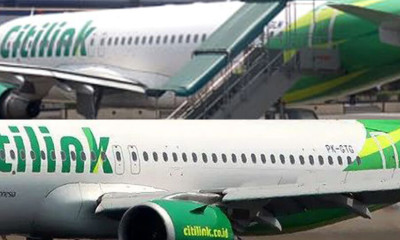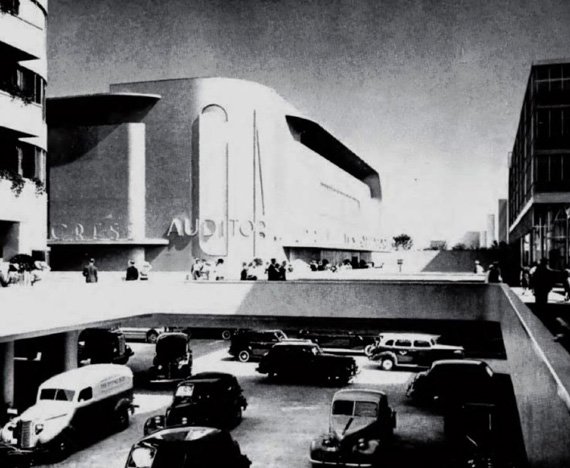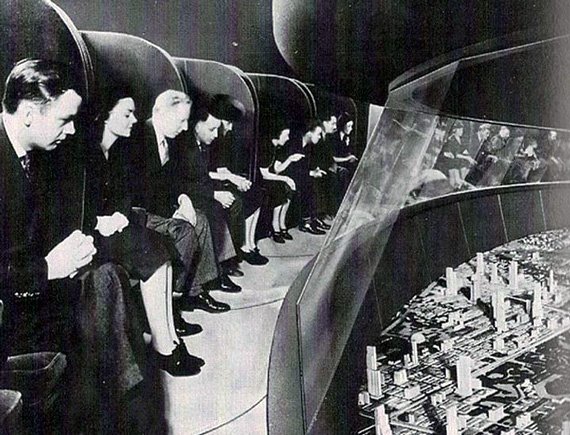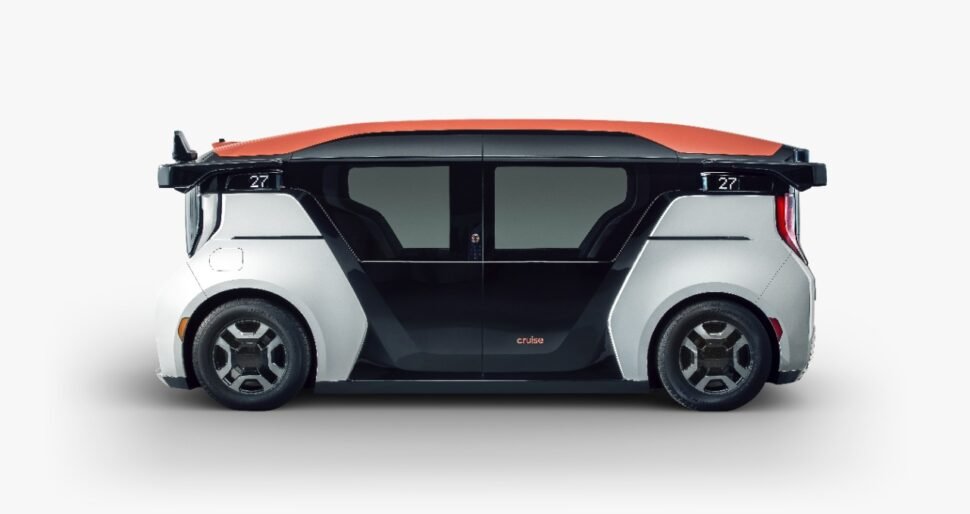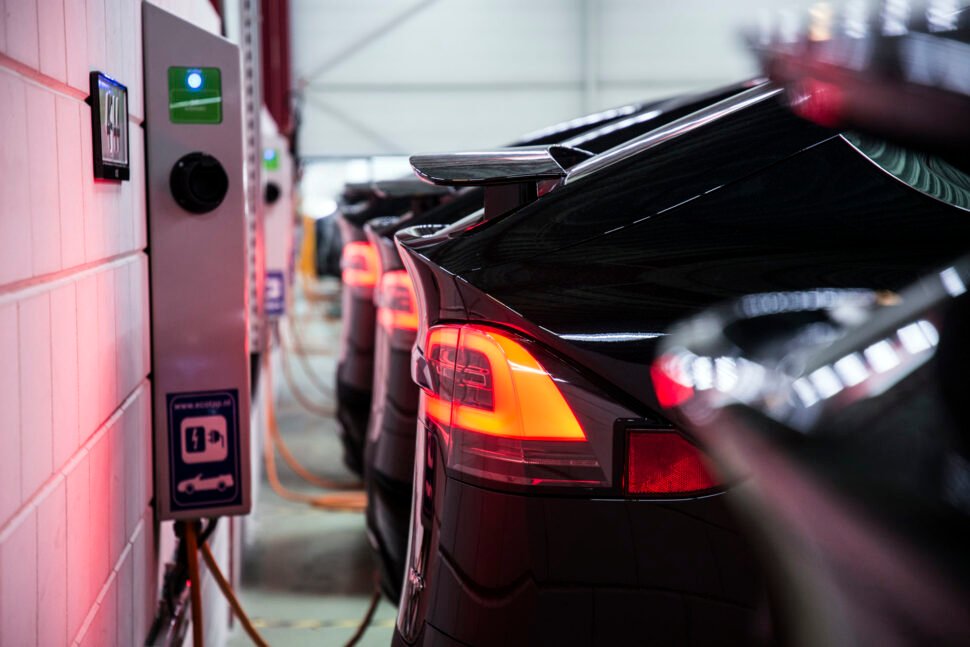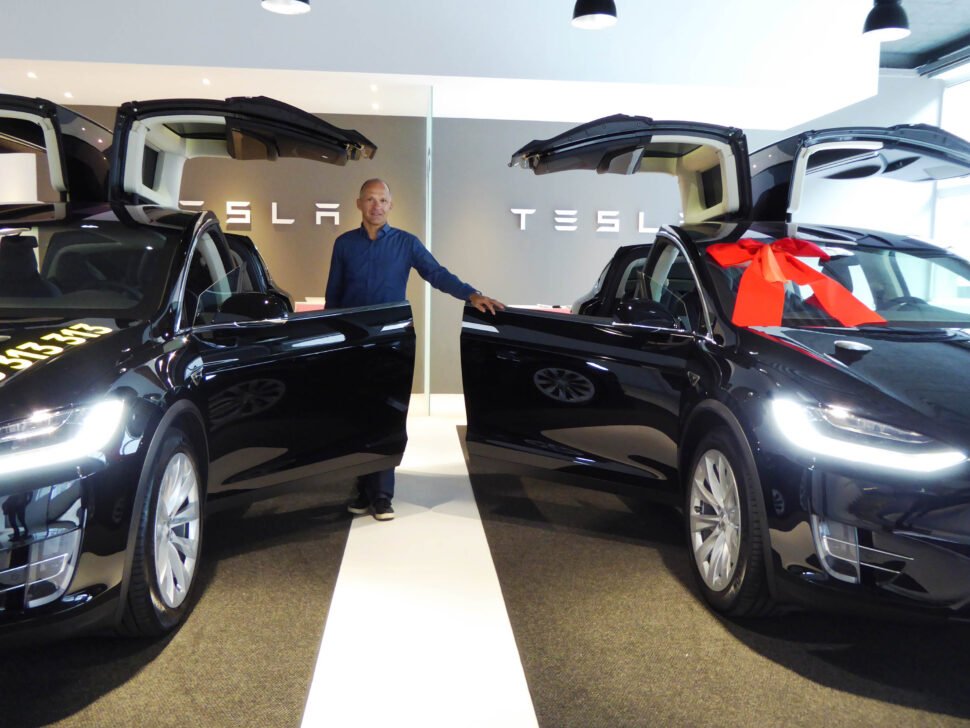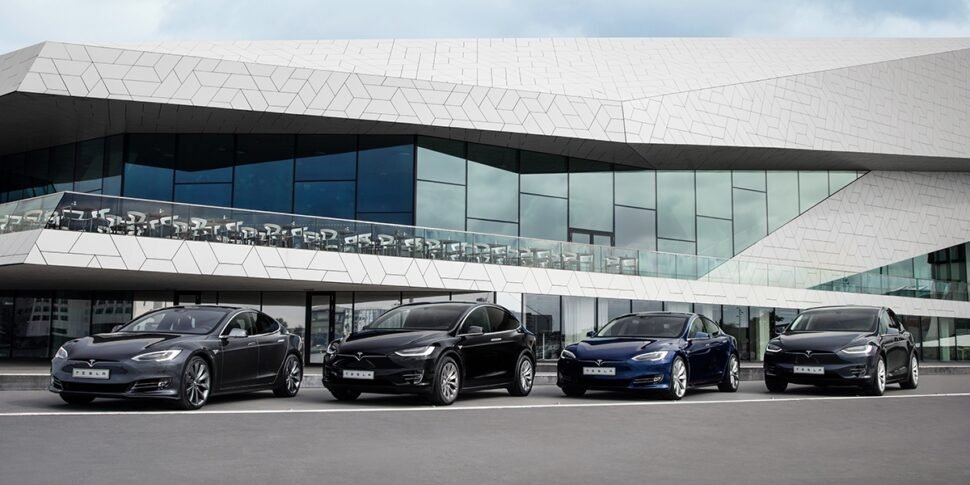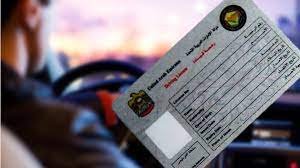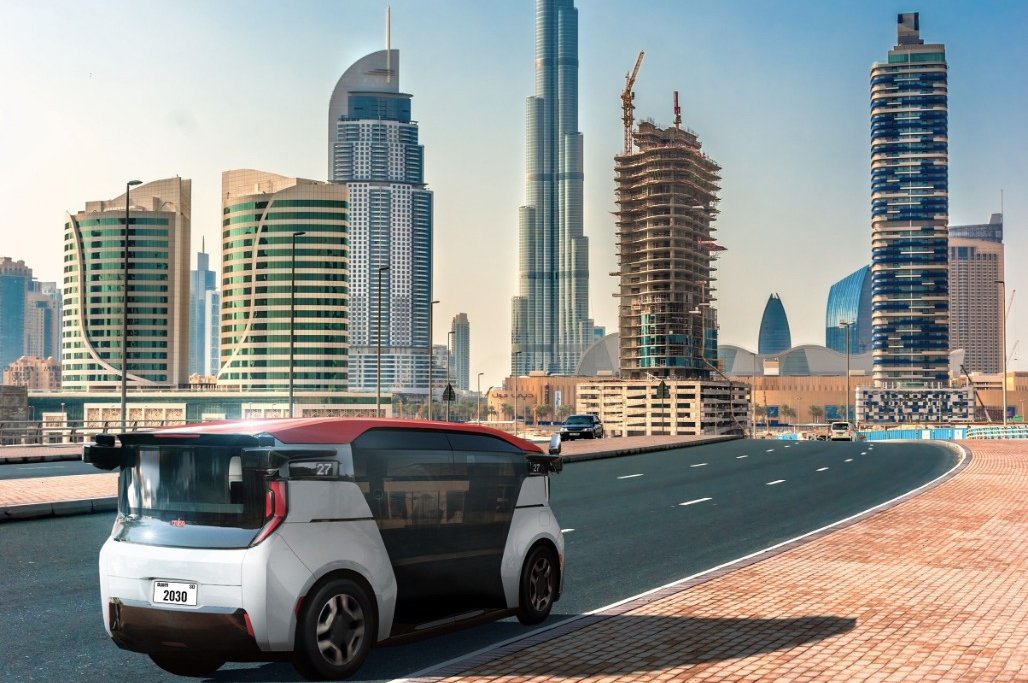
The world’ first self-driving concept car was unveiled in 1939, at the New York’s World Fair. In an exhibit called ‘Futurama’ at the Expo 1939 in New York, it was General Motors that displayed the world’s first autonomous car concept – an automated highway system guiding self-driving cars. Eighty-two years. That’s how long we have been trying to make self-driving cars our primary mode of personal commute.
Nevertheless, the fully self-driving car is here… almost. And Dubai is set to be among the first cities outside of the US where commuters will be able to hail a self-driving taxi.
Cruise, the GM-backed self-driving car developer, expects to begin its Dubai operations in 2023. By 2030, Dubai expects to have a 4,000-strong fleet of self-driving robotaxis.
The San Francisco-based company has signed an agreement with Dubai’s Roads and Transport Authority to be its exclusive provider for self-driving taxis and ride-hailing services.
RTA’s deal with Cruise is part of a mission for Dubai to reduce transportation costs and convert 25 per cent of trips in the city to self-driving transport by 2030.
Dubai will become the first city outside the US to operate Cruise driverless taxis. Dubai’s crown prince, Sheikh Hamdan bin Mohammed bin Rashid Al Maktoum, says the emirate’s vision for the future of self-driving would substantially benefit both the economy and the environment.
“Dubai’s vision for the future of self-driving aims to reduce transportation costs by Dh900M annually, saving Dh1.5B by reducing environmental pollution by 12 per cent”
Sheikh Hamdan bin Mohammed bin Rashid Al Maktoum
“Dubai’s vision for the future of self-driving aims to reduce transportation costs by Dh900 million annually, saving Dh1.5 billion by reducing environmental pollution by 12 per cent annually.”
Dubai already has the world’s largest, completely automated and driverless Metro line since 2009 on its 46-miles network of 49-stations. The emirate reckons the increased efficiency of its transport sector will help it achieve annual revenues of Dh18 billion by 2030. Cruise will be Dubai’s exclusive provider of driverless cabs and ride-hailing services until 2029.
The robotaxi service will use Cruise’s purpose-built Origin electric vehicles, which will go into production at GM’s Detroit-Hamtramck plant in 2022. GM acquired Cruise in 2016. Other announced investors include Honda Motor, SoftBank Vision Fund, Microsoft and others. Cruise will establish a local Dubai-based company that will be responsible for the deployment, operation and maintenance of the fleet.
“The selection of Cruise was not taken lightly. We engaged in a comprehensive, multi-year process to choose the best possible partner,” said Mattar Mohammed Al Tayer, director-general and chairman of the RTA.
Even as news of the tie-up with Cruise came in April 2021, Dubai has been flirting with the idea of being one of the pioneering cities for self-driving cars for a few years now.
In February 2017, with an eye on Tesla’s self-driving capabilities, the RTA signed a deal to buy 200 Tesla vehicles to create a fleet of electric taxis in the city. “Tesla has been selected for its pioneering endeavours in manufacturing electric vehicles… It has also improved autonomous driving systems by migrating from semi-autonomous driving to a fully autonomous driving environment, thus obviating the need for a human driver,” Al Tayer had said then.
In October 2018, RTA announced that it would begin trialling self-driving taxis. Besides the government, private business groups such as the Al Habtoor Group are also active in the field. Al Habtoor Group has interests in hospitality, automotive, real estate, education and publishing sectors. Last year, it joined hands with Israeli car tech firm Mobileye to operate a fleet of autonomous vehicles and robotaxis in Dubai by 2023.
According to the conglomerate’s media statement in September 2020, a pilot was scheduled for early 2021, when 1,000 cars equipped with Mobileye 8 Connect systems were to collect data and map Dubai’s roads. This, the company had said, will allow its collision avoidance system to collect valuable insights on driving habits, autonomous vehicle mapping and city planning.
Other cities with robo-taxies
Several companies are testing robotaxi services, especially in Asia and in the US. In most tests, there are human chauffeurs or ‘safety drivers’ in these test cars to switch to manual override in case of emergency.
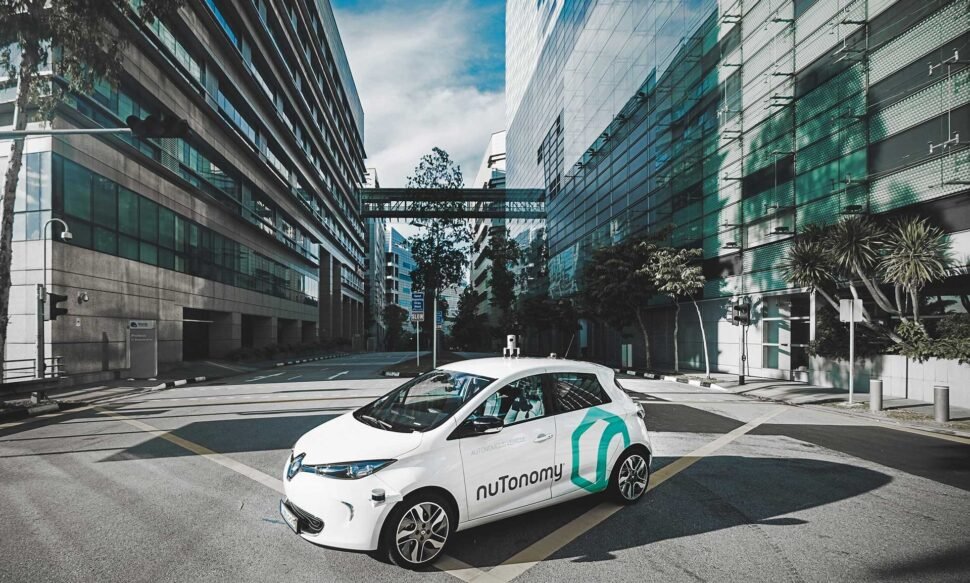
In August 2016, MIT spinoff NuTonomy was the first company to trial robotaxis to the public, starting to offer rides with a fleet of six modified Renault Zoes and Mitsubishi i-MiEVs in a limited area in Singapore.
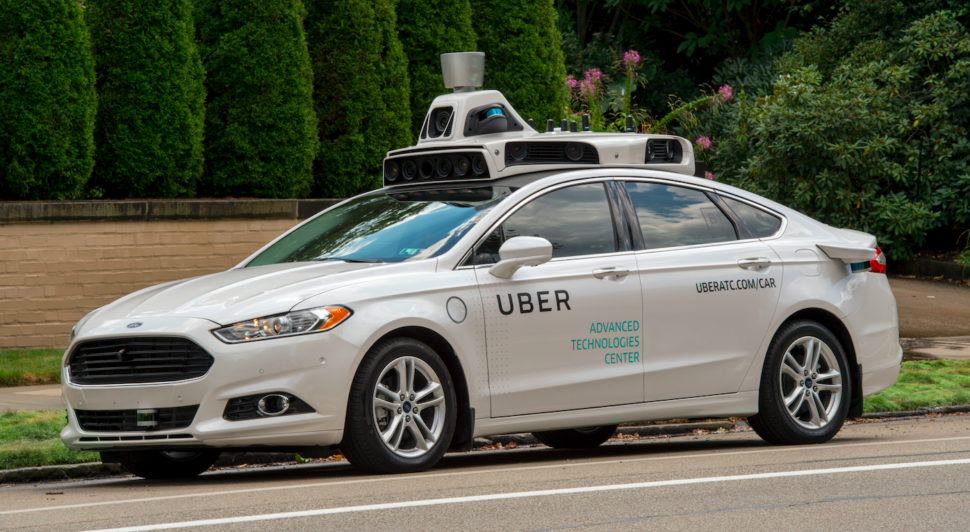
In September 2016, Uber started allowing a select group of users in Pittsburgh to order robotaxis from a fleet of 14 modified Ford Fusions. The test extended to San Francisco with modified Volvo XC90s before being relocated to Tempe, Arizona in February 2017.
In early 2017, Waymo (earlier known as the Google self-driving car project), started a large public robotaxi test in Phoenix using 100 and then 500 more Chrysler Pacifica Hybrid minivans provided by Fiat Chrysler Automobiles as part of a partnership between the two companies. Waymo also signed a deal with Lyft to collaborate on self-driving cars in May 2017.
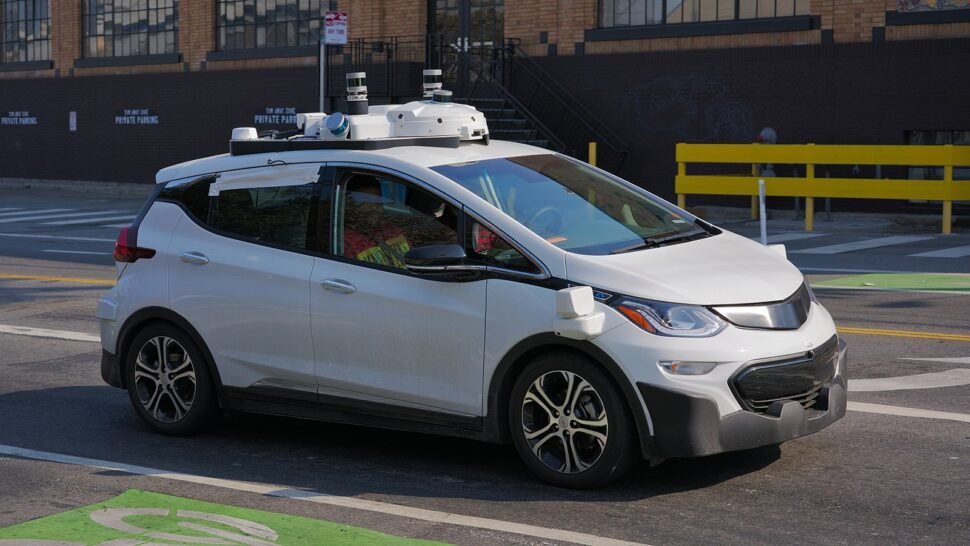
In August 2017, GM’s Cruise Automation launched the beta version of a robotaxi service for its employees in San Francisco using a fleet of 46 Chevrolet Bolt EVs
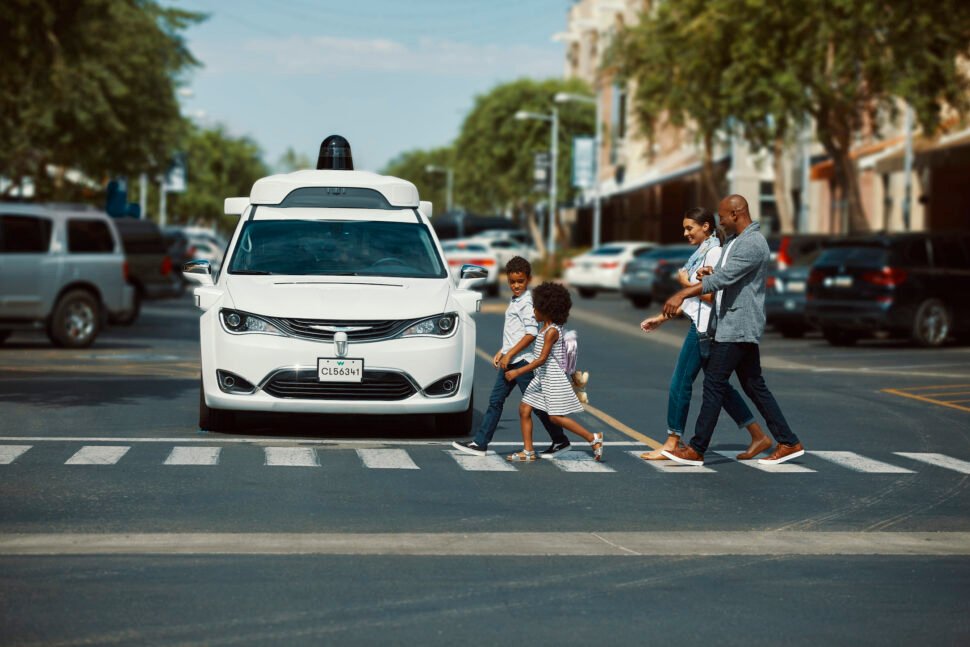
In November 2017, Waymo revealed it had begun to operate some of its automated vehicles in Arizona without a safety driver behind the wheel. By November 2019, the service was operating autonomous vehicles without a safety backup driver.
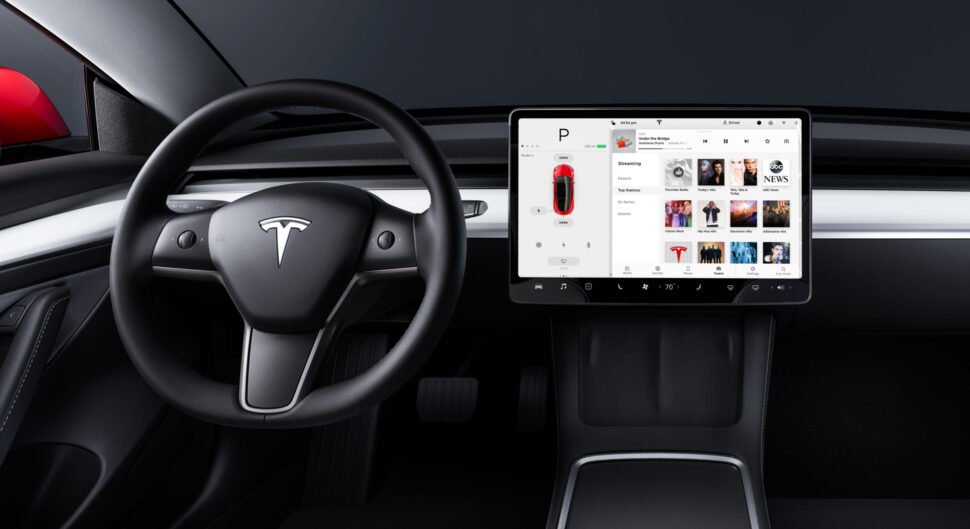
Tesla announced a plan to launch a robotaxi service by 2020. There were no active Tesla robotaxis at the close of 2020.


